Unlocking Your Website’s Full Potential
Technical SEO is the foundation that ensures search engines can easily crawl, interpret, and index your website. While on-page and off-page SEO often take the spotlight, technical SEO is equally crucial—it ensures your site performs efficiently, behaves securely, and delivers an optimal user experience. Without a solid technical SEO framework, even the best content may never find its audience.
Crawlability & Indexability
a. Robots.txt – Your Gatekeeper
The robots.txt file directs search engine bots—telling them which parts of your site to explore or avoid. Accurate and well-structured directives help prevent crawl waste and ensure important pages aren’t accidentally blocked.
Best practices:
Use clear
Disallowrules for private or duplicate content.Always test your robots.txt via Search Console or other tools.
Update as needed when redesigning or restructuring.
b. XML Sitemap – Your Site’s Blueprint
An XML sitemap is a roadmap that guides search engines to your key pages, especially helpful for large or dynamic sites.
Must-haves:
Include all canonical URLs you want indexed.
Keep it under 50 MB or split into multiple sitemaps.
Submit via Google Search Console and Bing Webmaster.
Regularly update it to reflect site changes.
c. Index Coverage
Monitoring your site’s index coverage report is essential to uncover errors, warnings, and excluded pages.
How to leverage it:
Fix 4xx and 5xx errors.
Resolve redirect chains or unnecessary blocked pages.
Validate that essential URLs are indexed and duplicates are flagged correctly.
Site Architecture & URL Structure
A clean, intuitive site structure not only improves user navigation but also helps search engine crawlers understand the hierarchy and context of your content.
Tips:
Adopt a silo structure where related topics are grouped into categories and subcategories.
Aim for shallow depth—users and bots shouldn’t jump through more than 3–4 clicks.
Use concise, descriptive, hyphen-separated keywords in URLs.
Apply consistent www/non‑www and HTTP/HTTPS formats, backed by proper 301 redirects.
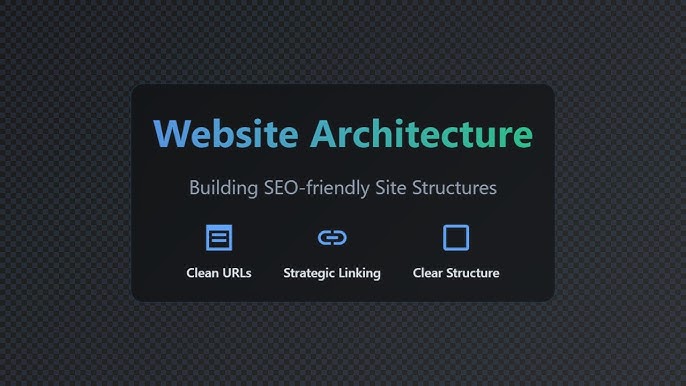
Speed & Performance

Website speed is now a major SEO ranking factor. Slow-loading pages frustrate users and can impact bounce rates, conversions, and crawl efficiency.
Performance strategies:
Lazy load off-screen images and media.
Compress images (WebP/AVIF) and use responsive sizing.
Minify and combine CSS/JS files.
Employ browser and server caching.
Consider CDN (Content Delivery Network) for global reach.
Monitor with tools like Google PageSpeed Insights and Lighthouse, and maintain Web Vitals standards:
LCP (Largest Contentful Paint) under 2.5s
FID (First Input Delay) under 100ms
CLS (Cumulative Layout Shift) under 0.1
Mobile-Friendliness
Google’s mobile-first indexing means your site must deliver a seamless mobile experience. Responsive design and performance are critical.
Checklist:
Use fluid grids, flexible images, and media queries.
Ensure tap targets are finger-friendly and visible.
Test layout shifts to maintain visual stability.
Use Google’s Mobile-Friendly Test and mobile usability reports in Search Console.

HTTPS & Security
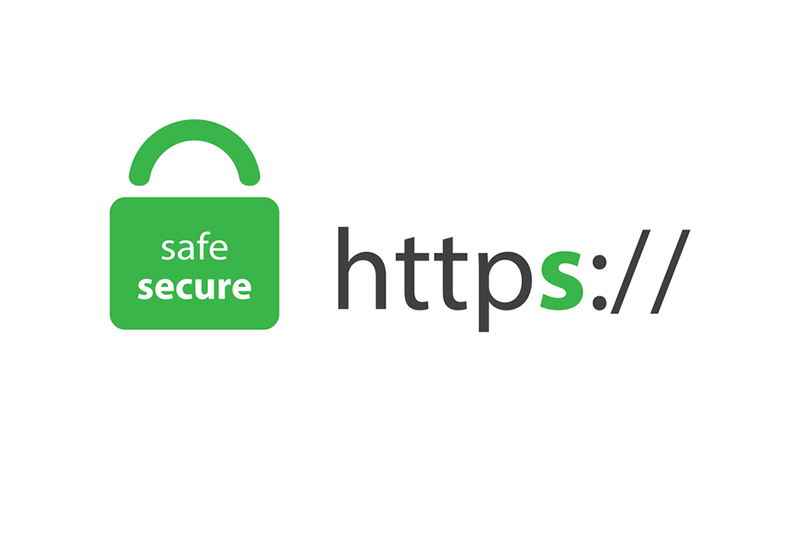
Security is both a trust and ranking factor. HTTPS encryption is foundational, but it’s not enough on its own.
Security focus areas:
Implement and renew TLS certificates.
Avoid mixed-content warnings by loading all resources securely.
Set up Content Security Policy (CSP) to mitigate XSS.
Use HSTS headers to enforce HTTPS.
Monitor for malware and stay updated on CMS/plugin vulnerabilities.
Structured Data & Schema Markup
Schema markup helps search engines interpret and present your content more richly, enabling rich snippets like FAQs, ratings, events, and breadcrumbs.
Getting started:
Use JSON-LD markup for structured data.
Apply relevant schema types (e.g., Article, Product, LocalBusiness, FAQ).
Validate with Google’s Rich Results Test.
Track performance via Search Console’s “Enhancements” report.
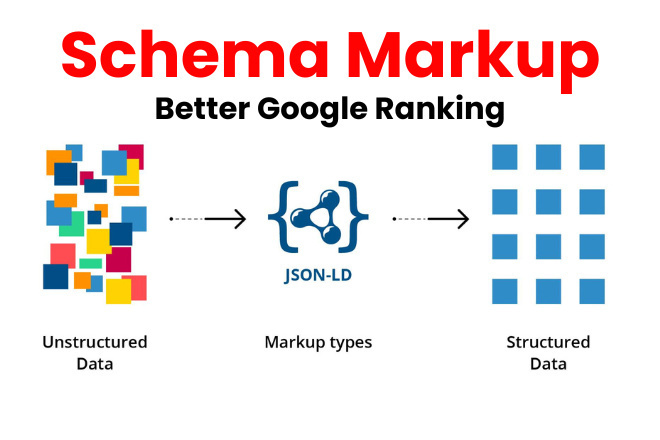
Canonicalization & Duplicate Content
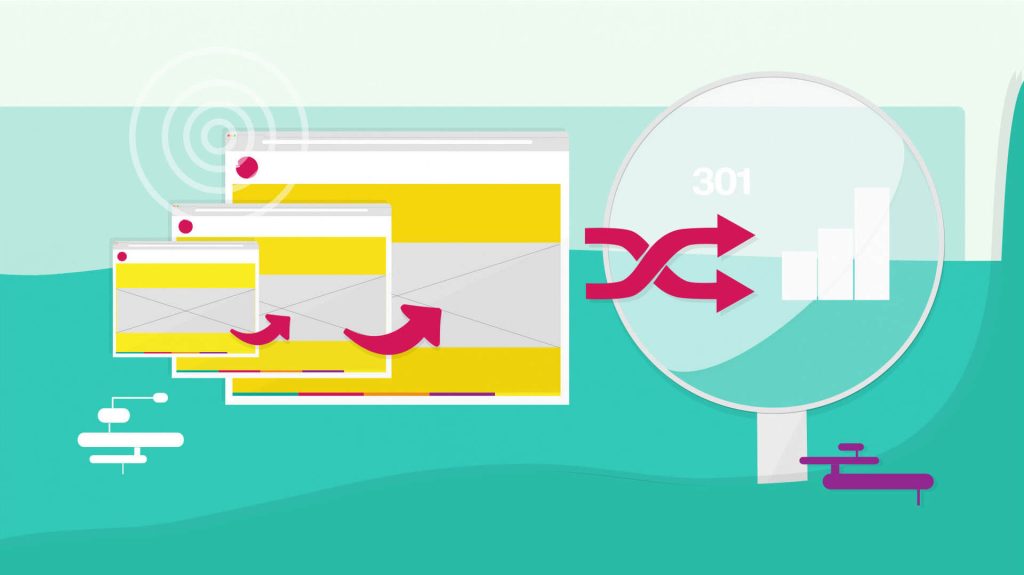
Duplicate content can dilute search equity and confuse crawlers.
Use
<link rel="canonical">to indicate the preferred version.Avoid query-string duplicates by specifying canonical URLs.
Choose one of these formats and redirect to it:
https://https://www.
Handle pagination with
rel="next"/"prev"or avoid it by consolidating posts into single pages.
Redirects & Error Handling
Redirects must preserve equity and lead users and bots to the correct page.
Best practices:
Use 301 (permanent) redirects for moved content.
Minimize redirect chains (limit to one hop).
For broken or obsolete pages, choose:
A relevant redirect, or
A 410 Gone response to signal permanent removal.
Customize your 404 page with helpful navigation and search options.
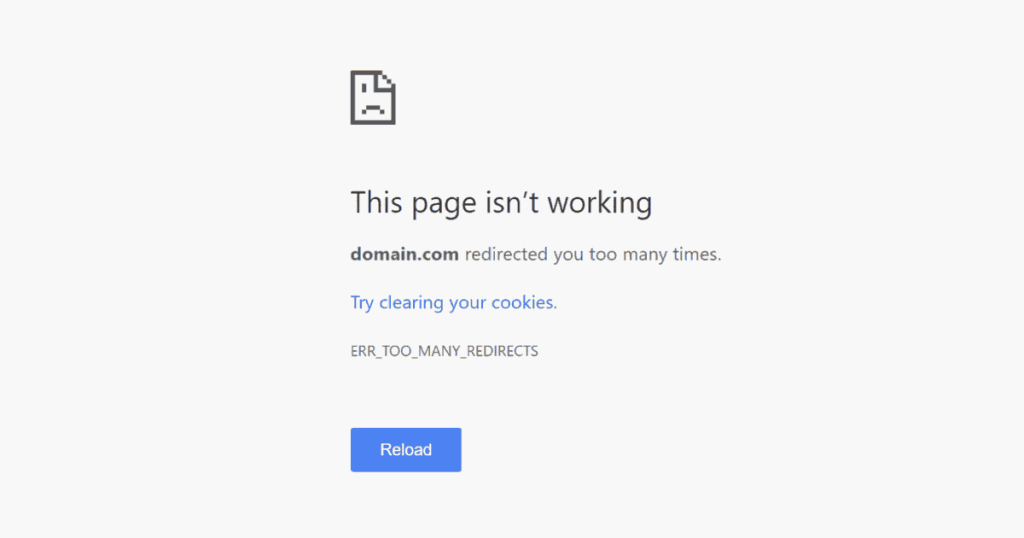
Crawl Budget Optimization

Large or frequently updated sites should focus their crawl budget on high-value pages.
To optimize:
Block irrelevant content (e.g. admin sections) via robots.txt or noindex.
Use clean pagination and faceted navigation with proper canonicalization.
Monitor crawl stats to see which large or slow-loading pages might be affecting bot efficiency.
Log File Analysis & Crawl Insights
Analyzing your server logs provides direct insight into how bots crawl your site, revealing unexpected patterns or bottlenecks.
What to watch for:
Whether important pages are crawled frequently.
Errors encountered by bots (4xx, 5xx).
Bot crawl frequency—ensure bots aren’t overloading your server or being blocked.

Internationalization

If your site targets multiple languages or regions, present clear signals to search engines using:
hreflangannotations, either in-page or XML.Unique URLs for each language (e.g.
example.com/en/,example.com/fr/).Local hosting or CDNs for regional loading speed.
Correct “language” tags in HTML for screen readers and bots.
AMP & Progressive Web Apps
While AMPs (Accelerated Mobile Pages) are less essential than before, they still offer mobile speed benefits and rich results potential. PWAs, on the other hand, enable app-like experiences on the web.
Utilize AMP for static content like articles to speed up load times and appear in Top Stories.
Explore PWA features like service workers and offline support for interactive sites and e-commerce.

Monitoring & Audits
Technical SEO requires ongoing vigilance. r
Use a combination of tools to keep your site healthy:
Google Search Console: index issues, mobile usability, rich results.
Bing Webmaster Tools: additional performance and crawl insights.
Site audits with tools like Screaming Frog, DeepCrawl, Ahrefs, Semrush, Sitebulb.
Browser-based checks with Lighthouse, WebPageTest, GTmetrix.
Continuous Improvement
Build a sustainable process:
Audit: Quarterly full technical review.
Implement: Fix issues and improvements.
Verify: Re-run audits, check Sitemaps and Coverage.
Monitor: Set up alerts in Search Console, monitor site speed and crawl errors.
Report: Track historical trends—indexed pages, site speed, Core Web Vitals, crawl activity.
Document findings, track progress, and prioritize fixes based on traffic impact.
Why Technical SEO Matters
Improved crawl efficiency = more pages indexed, more content discovered.
Faster load times = happier users, better performance metrics, stronger rankings.
Secure and accessible site = trust from users and search engines.
Clear signals via schema and structured data = enhanced SERP visibility.
Stronger ROI: makes everything from content marketing to user acquisition more effective.
Wrapping Up
Technical SEO is the engine room of any high-performing website. It’s the invisible architecture that powers every click, every page, every user interaction. By mastering these 14 pillars—from crawlability and speed optimization to schema markup and security—you set the stage for long-term growth, sustainable traffic, and maximum competitive advantage.
Are you ready to elevate your website’s technical foundation? Let’s dive into a technical audit and craft a roadmap tailored to your site’s unique opportunities and challenges.
